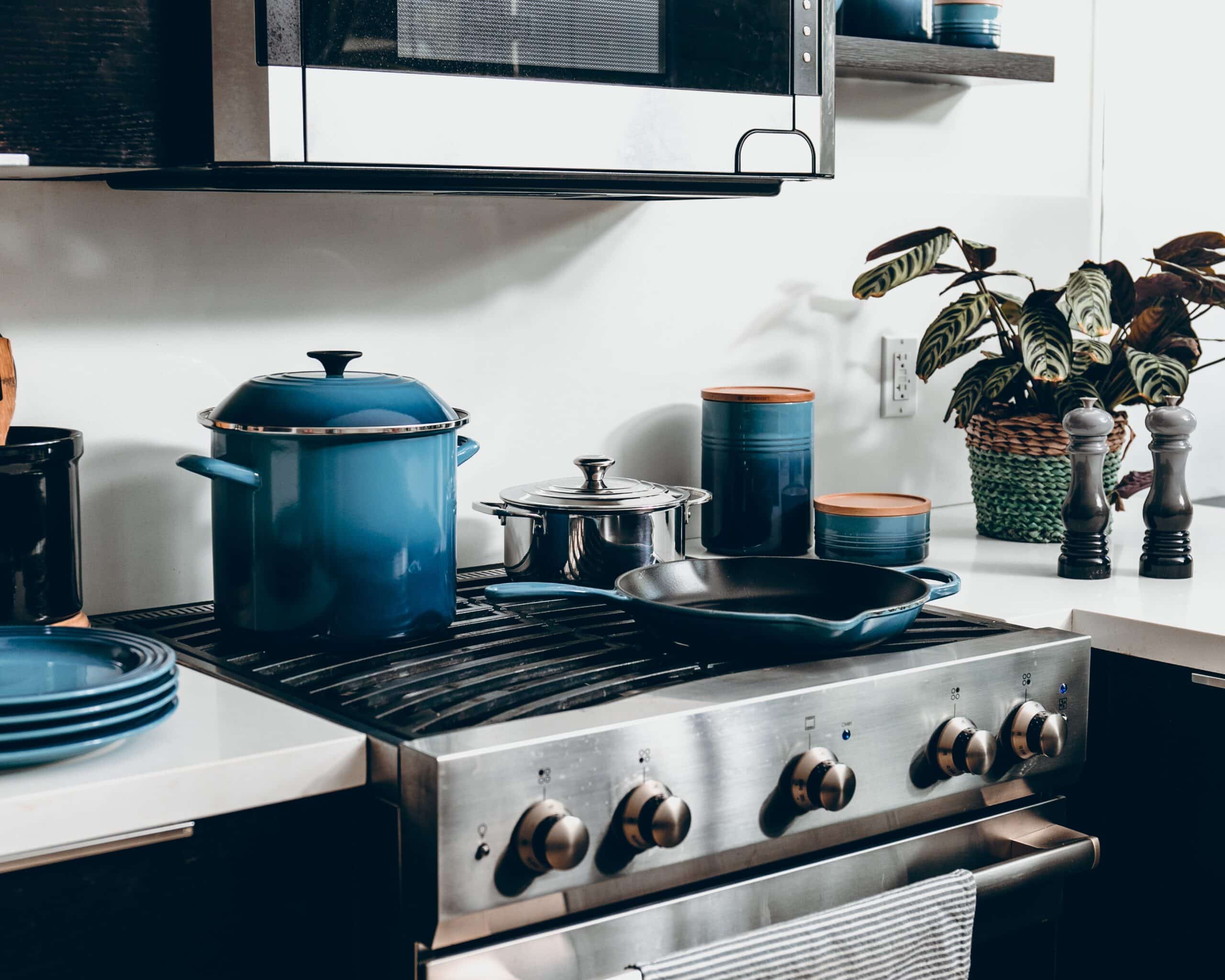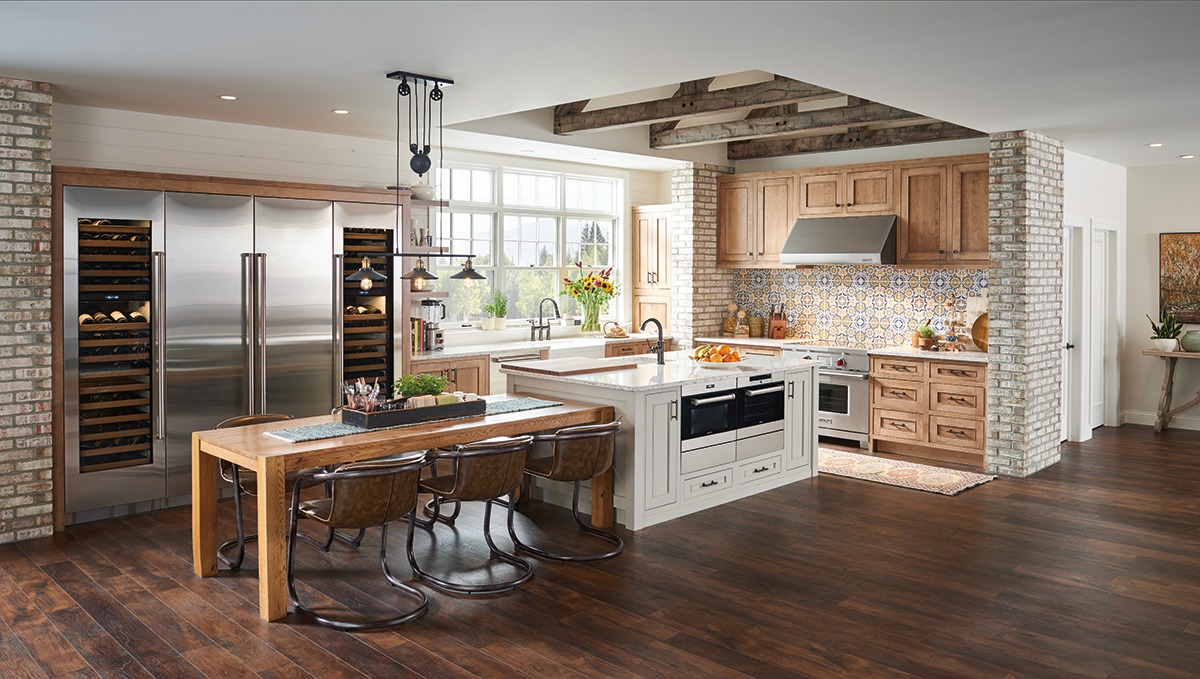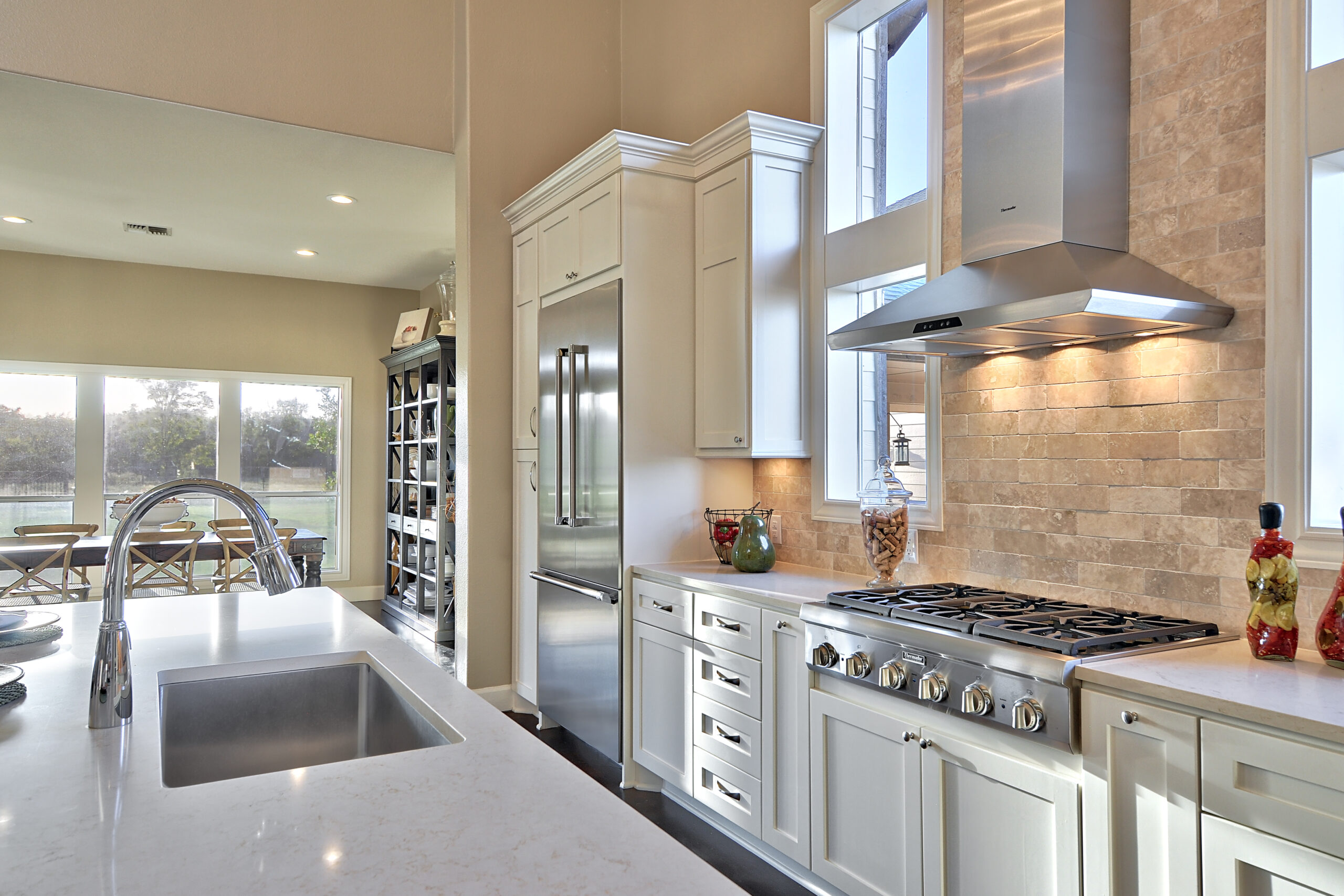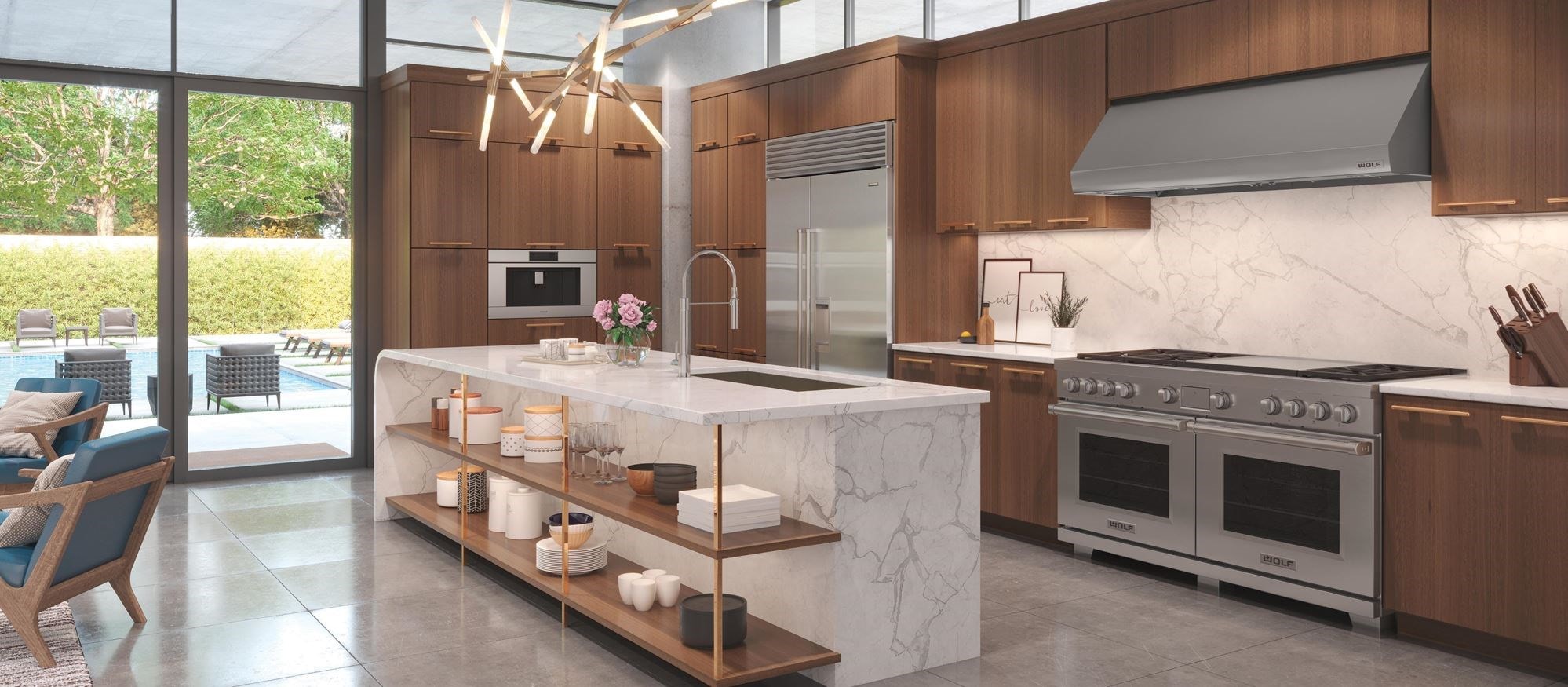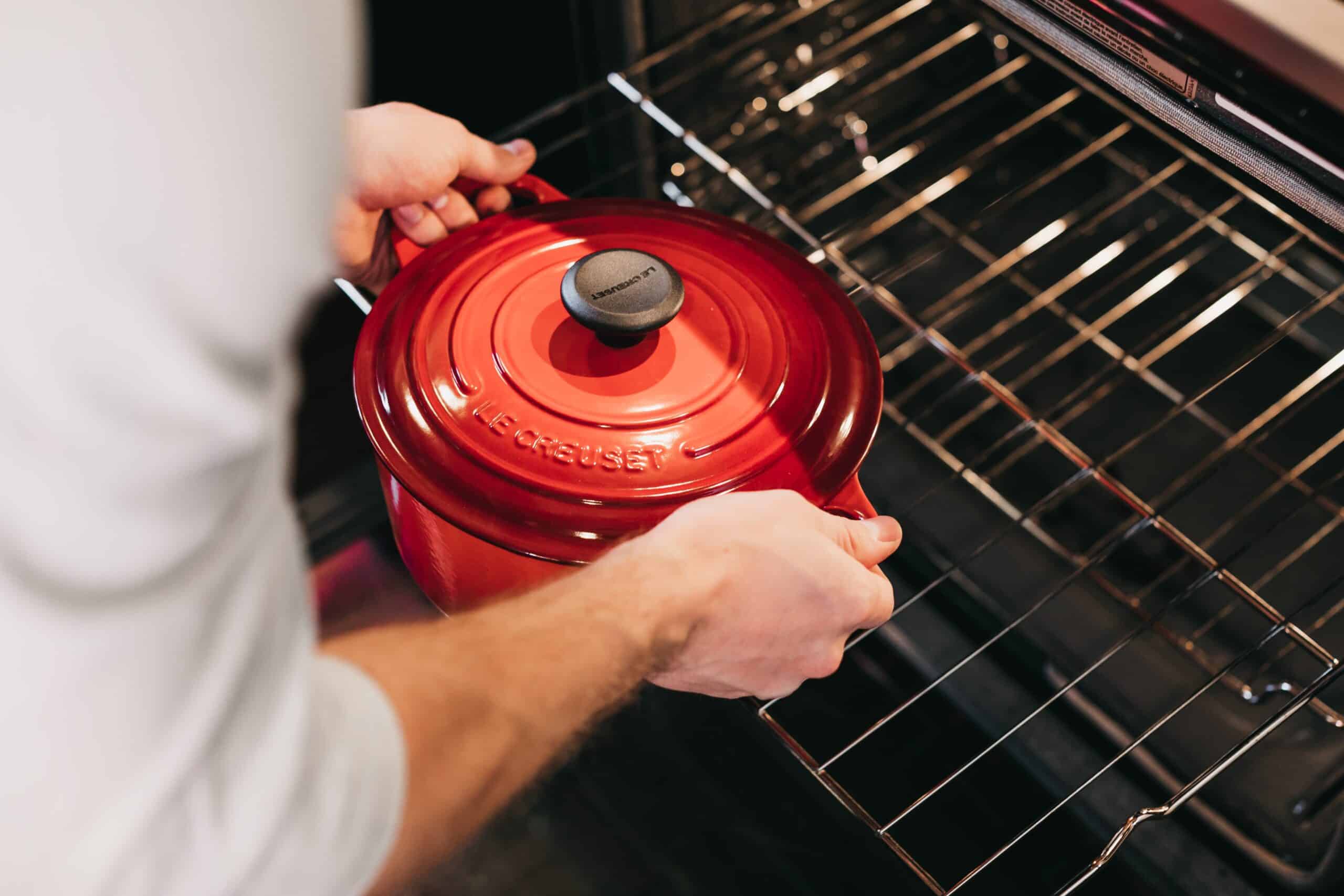French ranges, also known as French-style ranges or French cookers, are high-end appliances that have gained popularity for their elegant design, precise cooking control, and versatile features.
Here are some key things to know about French ranges:
- Design and Appearance: French ranges are known for sleek and stylish designs. They often feature a professional-grade look with stainless steel construction, large knobs, and a central control panel. Some models even incorporate decorative elements like curved handles or enameled finishes, adding a touch of sophistication to the kitchen.
- Multiple Ovens: One distinctive feature of French ranges is their multiple ovens. Typically, they have a large main oven for regular baking, roasting, and broiling, as well as one or more smaller ovens or compartments for specialized cooking tasks. These additional compartments can be used for convection baking, slow cooking, or keeping dishes warm. Having multiple ovens allows for more flexibility and the ability to cook different dishes simultaneously at different temperatures.
- Precise Cooking Control: French ranges are often praised for their precise cooking control, essential for professional chefs and serious home cooks. They typically offer precise temperature control, multiple cooking modes (including convection and traditional), and high BTU (British Thermal Unit) burners for fast heat-up and precise simmering. Some models even have dual-fuel options, combining gas burners with electric ovens for optimal cooking performance.
- Customizable Options: Many French range manufacturers offer customization options, allowing you to personalize your appliance to suit your needs and preferences. You can choose the size and configuration of the burners, the number and type of ovens, and additional features such as griddles, grill plates, or integrated ventilation systems.
- High-Quality Construction: French ranges are generally built with durability and longevity. They are often crafted from high-quality materials and designed to withstand heavy use. The construction and craftsmanship of French ranges contribute to their higher price point than standard ranges.
- Professional-Grade Features: French ranges often incorporate features commonly found in professional-grade appliances. These can include powerful burners with precise controls, heavy-duty oven racks, self-cleaning functions, and intuitive control panels with digital displays and touch controls.
- Higher Price Point: It’s important to note that French ranges are typically positioned in the high-end segment of the market and come with a higher price tag than standard ranges. The premium pricing reflects the quality, design, and advanced features these appliances offer.
When considering a French range, it’s essential to evaluate your specific cooking needs, budget, and available space in your kitchen. Assessing the features, cooking capabilities, and customization options of different models will help you choose the French range that best suits your requirements and culinary aspirations.
- Let the cycle complete: Allow the oven to complete the self-clean cycle without interruption. During this process, the oven will heat up to a high temperature (typically around 900 degrees Fahrenheit or 480 degrees Celsius) to burn off residue and convert it to ash.
- Clean the ash: After the self-clean cycle finishes and the oven cools down, you’ll find ash residue at the bottom of the oven. Carefully remove the ash with a damp cloth or sponge. Some ovens have a specific clean-out feature or a removable ash drawer to simplify this step. Be cautious, as the ash may still be hot.
- Clean the oven door and exterior: Use a mild cleaner and a soft cloth to clean the oven door and exterior surfaces. Avoid using abrasive cleaners that may damage the finish.
If you have any doubts or specific questions about your oven, consult the user manual or contact the manufacturer for guidance.

